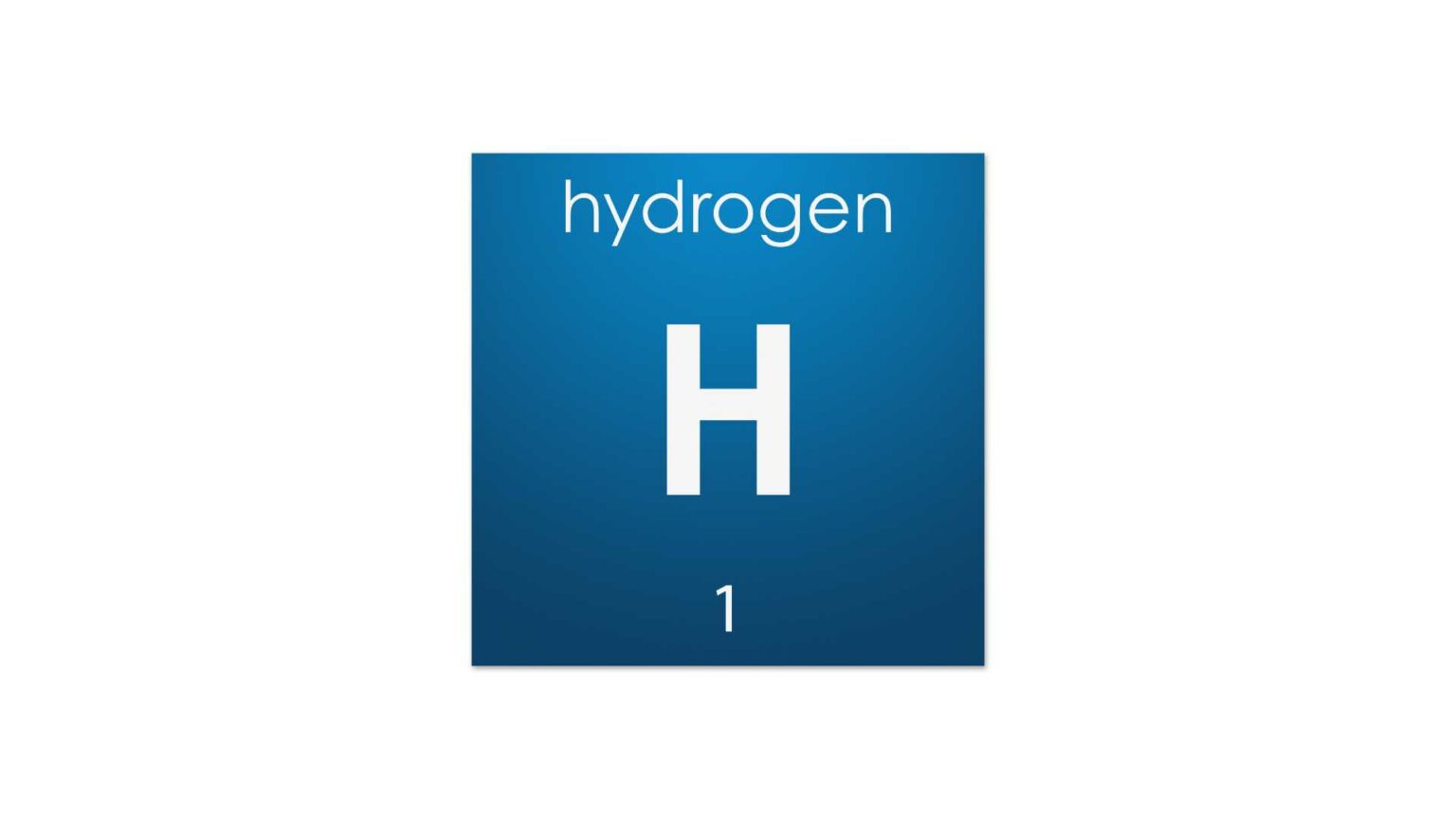The Trans Adriatic Pipeline (TAP) is more than just a conduit for natural gas—it’s a critical component in Europe’s pursuit of energy security, diversification, and decarbonization. As the TAP Country Representative in Greece, Ioannis Maris, aptly pointed out, this infrastructure project isn’t merely about the present; it’s about envisioning a future where clean energy takes center stage.
TAP’s mission extends beyond being a simple transporter of gas; it’s a bridge to Europe’s sustainable energy future. One of its ambitions is to evolve into a hydrogen carrier, effectively blending this eco-friendly energy source with natural gas. Maris emphasized that this transformation won’t be a sudden leap but will progress incrementally, marking a deliberate and thoughtful transition towards a cleaner energy mix.
This strategic shift was recently reinforced by TAP Managing Director Luca Schiepatti. In 2022, TAP achieved remarkable environmental milestones, including a 25 percent reduction in greenhouse gas emissions and a 38 percent cut in methane emissions compared to initial projections. This underlines the pipeline’s commitment to sustainability and its pivotal role in Europe’s climate ambitions.
TAP is a vital component of the Southern Gas Corridor, an intricate network of pipelines that brings Caspian Sea gas to Europe. This corridor enhances energy security, lessens dependence on single suppliers, and fosters a diversification of energy sources. In essence, it’s a safeguard against potential disruptions in gas supply. The pipeline system’s impressive annual capacity of about 10 billion cubic meters of gas contributes significantly to this security. Additionally, TAP has the potential for further expansion, doubling its capacity to 20 billion cubic meters.
Perhaps the most critical aspect of TAP’s role is its contribution to Europe’s decarbonization agenda. While renewable energy sources like wind and solar power gain traction, natural gas and hydrogen have become indispensable transition fuels. These cleaner alternatives replace coal and oil, thereby curbing greenhouse gas emissions.
For TAP, this means testing its pipes and infrastructure for the safe transportation of hydrogen and other green molecules. Hydrogen, produced from renewable sources, is a key player in decarbonizing various sectors, from heavy industries to transportation. This transformation aligns perfectly with the European Union’s ambitious targets for carbon neutrality.
As TAP charts its course towards becoming a hydrogen transporter and continues to deliver natural gas reliably, it secures Europe’s access to cleaner and more sustainable energy. By offering a gateway to a more sustainable future, TAP takes center stage in the continent’s energy evolution.





